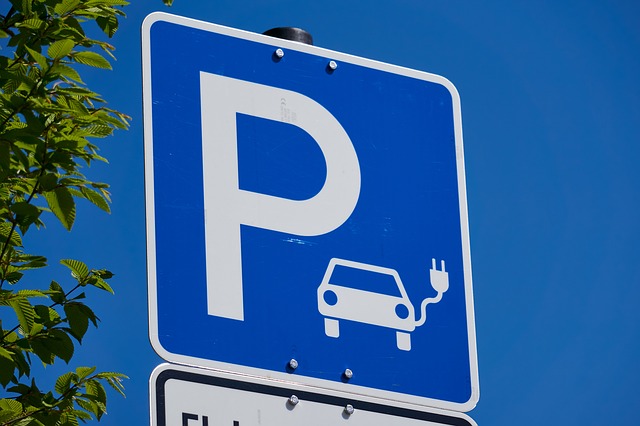by Jesper Starn, Bloomberg
Sweden’s ambitious plan to drastically cut emissions from transport by bringing millions of electric cars onto the road could be derailed by a lack of power capacity for new charging stations in major cities.
An increase in government grants sent sales of electric cars surging by 253% in the first five months this year, but the rally could be over before it’s really started. Demand for electricity in Stockholm and other cities is outgrowing capacity in local grids, forcing new charging networks to compete with other projects from housing to subway lines to get hooked up.
To reach a government target of becoming carbon neutral by 2045, the industry group Power Circle says the Nordic region’s biggest economy needs to add about 2.5 million plug-in hybrids and electric vehicles by the end of the next decade. While many of these will be charged at home for shorter journeys, a network of stations for longer trips and professional drivers from taxis to delivery vans is also needed.
“To get people to take the plunge and want to buy an electric car they shouldn’t be forced to take long detours to find a charging station,” Tobias Henmark, head of the Swedish unit of Fortum Charge and Drive, which operates 740 fast chargers in the Nordic region. “Right now there is a tendency to cover up the deficiency by increasing the cost of capacity, and that would make it impossible to build a charging infrastructure.”
For the rise in electric vehicles to be manageable despite the lack of power capacity, Power Circle suggests that owners should get incentives not to charge and even send power back to the grid during morning and afternoon peak hours. If enough cars in the future are connected and willing to share their batteries with the grid, more electric vehicles would lessen the capacity problem instead of making it worse.
“Electric cars can make or break the grid,” said Johanna Lakso, who heads the group. “When we are about to roll out the infrastructure why not be smart about it and use it to support the power networks?”
Despite the big jump in sales this year, Sweden is behind its neighbor Norway when it comes to total numbers of electric cars. The oil-rich nation had more than 10 times as many such vehicles registered by the end of May, making it one of the biggest markets in the world. Lower taxes and other perks such as free parking and a special permit to drive in bus lanes have boosted sales.
Sweden’s total sales of 6,694 in the five months through May are tiny on a European scale. About 500,000 electric vehicles are expected to be sold in the region this year. Shipments rose by 40% in the first quarter, mainly driven by Germany with a third of all new cars, according to a report by BloombergNEF.
Still, less than 4% of all new cars sold in Germany and the rest of Europe was solely powered by batteries, compared with more than a fifth in Sweden and as many as 56% in Norway.
In Norway, an electric car will cost about the same as similar petrol versions as taxes are set up to level out price differences in favor of the more expensive battery-powered cars. In Sweden, even with a 60,0000-krona ($6,355) subsidy introduced last year, electric cars will still cost almost twice as much as the the petrol version as general vehicle taxes are much lower.
While Sweden was still exporting more than 10% of its electricity output last year, its aging grid is struggling to ship the commodity to where it is most needed. Demand in the main cities has grown a lot quicker than expected. It can take as long as ten years to build new cables and that means Stockholm is not expected to be able to significantly boost power use until 2030, according to local grid manager Ellevio AB.
Vehicle-to-grid technology and EV charging infrastructure are topics that are discussed at DISTRIBUTECH International
, set to hit San Antonio, Texas, January 28-30, 2020.





